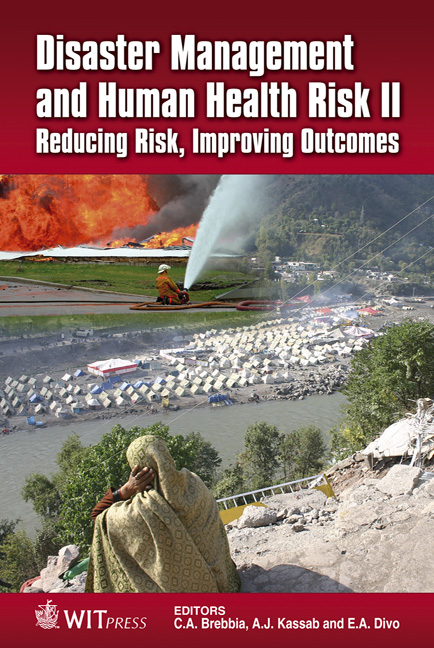Wireless Network Sensors That Are Energy Efficient For Monitoring And Early Warning
Price
Free (open access)
Transaction
Volume
119
Pages
10
Page Range
235 - 244
Published
2011
Size
372 kb
Paper DOI
10.2495/DMAN110211
Copyright
WIT Press
Author(s)
V. Ferrara
Abstract
Wireless sensor networks can be a convenient monitoring system for wide areas, because they are economically advantageous and they should be more specialized than remote sensing. Many different systems have been proposed as wireless sensor networks. Some networks are based on an IP protocol, as a web of objects. However, other solutions can be adopted when mostly the network is realized outside of an internet framework or when the internet connection can be limited at a few nodes. Architectures based on ZigBee protocol are an evident example. The IEEE 802.15.4 standard communication protocol of Wireless Personal Area Network (WPAN) defines the best characteristic of low-power, but limited data rate. It is a good candidate as the standard communication for many applications and monitoring activities. After the introduction of trends in the field of low power sensors networks, the design of a particular monitoring network will be presented: the early-warning of flood river control and intervention management. Keywords: WSN, low power, low voltage. 1 Introduction Disaster management needs a detailed monitoring of the environment, theatre of calamitous events, together with the actual human and material resources that are ready for intervention. Monitoring can be realized in different modes. For wide areas, as a country or province, remote sensing is more convenient. For non large terrestrial surfaces, distributed sensors are cheaper and more specialized. In the case of sensors at ground, they must detect both parameters of interest and the terrestrial coordinates where measurement was carried out. If it mounts a sensor
Keywords
WSN, low power, low voltage




